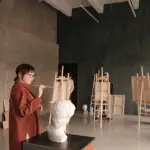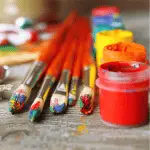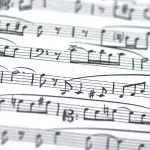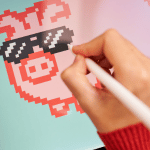Learn Everything About Art & Art History
Check out our free art glossaries or check out our blog on famous artists and painting.
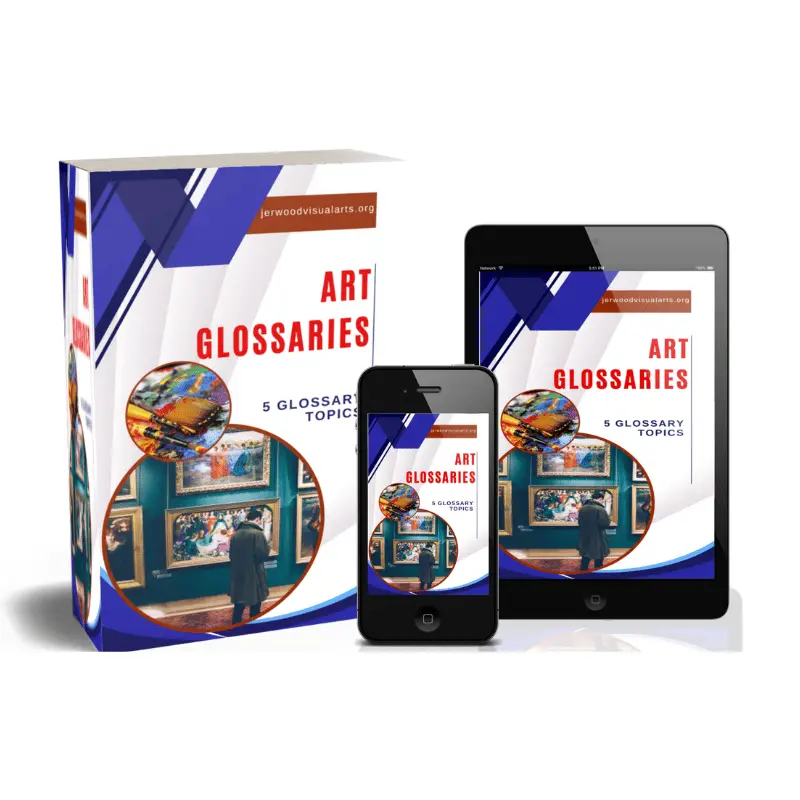
Art & Art History Glossaries
Mobile Art – Definition, Examples, History & More – Digital Art and Technology Glossary
What is Mobile Art? Mobile art refers to the creation of art using mobile devices such as smartphones and tablets. This form of art allows artists to create digital artwork on-the-go, using a variety of apps and tools specifically designed for mobile devices. Mobile art has gained popularity in recent years due to the convenience … Read more
Ideasthesia in Art – Definition, Examples, History & More – Art Theory Glossary
What is Ideasthesia in Art? Ideasthesia is a phenomenon where sensory experiences are linked to concepts or ideas. It is a blending of sensory perception and cognitive processes, where a person’s thoughts and ideas are triggered by sensory stimuli. This concept plays a significant role in the creation and perception of art, as it allows … Read more
Contextualism – Definition, Examples, History & More – Art Theory Glossary
What is Contextualism? Contextualism is a theory in art criticism that emphasizes the importance of considering the context in which a work of art was created, displayed, and interpreted. It argues that the meaning and value of a work of art are not fixed, but rather depend on various factors such as the artist’s intentions, … Read more
Baroque – Definition, Examples, History & More – Art Theory Glossary
What is Baroque? Baroque is a style of art and architecture that emerged in Europe in the late 16th century and lasted until the early 18th century. It is characterized by its dramatic and ornate style, with a focus on emotion, movement, and grandeur. Baroque art is known for its use of rich colors, intricate … Read more
Deterioration – Definition, Examples, History & More – Art Conservation and Restoration Glossary
I. What is Deterioration? Deterioration in art refers to the gradual decay or damage that occurs to artworks over time. This can be caused by a variety of factors, including environmental conditions, poor handling, and natural aging processes. Artworks can deteriorate in different ways, such as fading of colors, cracking of paint layers, warping of … Read more
Renaissance – Definition, Examples, History & More – Art Theory Glossary
What is Renaissance? The Renaissance was a period in European history, spanning roughly from the 14th to the 17th century, characterized by a revival of interest in classical art, literature, and learning. It is often considered a bridge between the Middle Ages and modern history. The term “Renaissance” comes from the French word meaning “rebirth.” … Read more
Performance Assessment – Definition, Examples, History & More – Art Education and Methodologies Glossary
What is Performance Assessment? Performance assessment is a method of evaluating an individual’s skills, knowledge, and abilities by observing their performance in real-world tasks or activities. It goes beyond traditional testing methods by focusing on the application of knowledge in practical situations. Performance assessment can provide a more accurate and comprehensive measure of an individual’s … Read more
Perceptual Abilities in Art – Definition, Examples, History & More – Art Education and Methodologies Glossary
What are Perceptual Abilities in Art? Perceptual abilities in art refer to the skills and capabilities that allow individuals to interpret and understand visual information. These abilities enable artists to perceive and analyze elements such as color, shape, form, texture, and space in their work. Perceptual abilities are essential for artists as they help in … Read more
Friable – Definition, Examples, History & More – Art Conservation and Restoration Glossary
What is Friable? Friable refers to a condition in which a material is easily crumbled or reduced to powder. This can occur due to a variety of factors such as age, environmental conditions, or poor handling. Friable materials are often fragile and prone to damage. They can include substances like plaster, paint, paper, and textiles. … Read more
Robotics in Art – Definition, Examples, History & More – Digital Art and Technology Glossary
What is Robotics in Art? Robotics in art refers to the use of robots or robotic technology in the creation, display, or interpretation of art. This can include robots that create art autonomously, robots that assist artists in creating art, or interactive art installations that involve robotic elements. Robotic art blurs the lines between technology … Read more
Website design: roihacks.com


